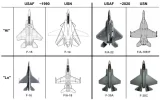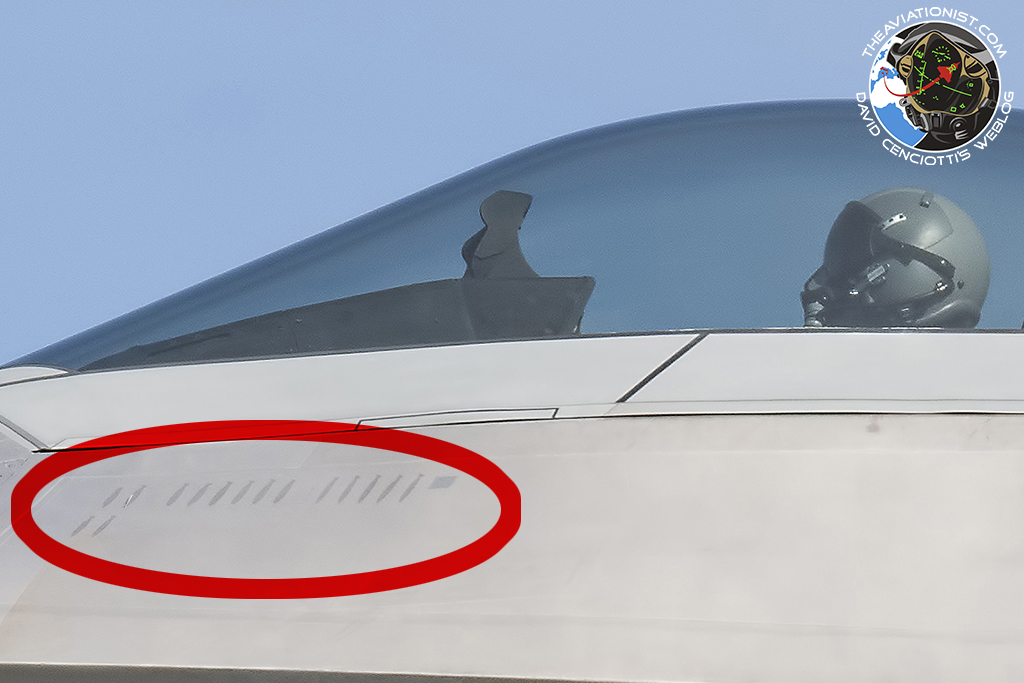The bomb silhouettes (on the airframe serialled AF05-086) represent GBU-32 1,000-lb JDAMs (Joint Direct Attack Munitions), one of the two types of bombs the 5th generation aircraft is able to carry: indeed, for air-to-surface missions, the multirole stealth jet can carry either 2x GBU-32s or 8x
GBU-39 small diameter bombs in the internal weapons bay.
Bomb and kill markings are very well-known tradition in military aviation. In Syria, Russian Su-34s sported red star silhouettes to mark 10 air strikes, whilst EA-18G Growlers of VAQ-137 aboard USS Theodore Roosevelt got
unique kill markings, showing Electronic Attack support as well as cellular jamming missions.
The Tyndall’s Raptor depicted in the photo has
most probably been given the traditional bomb markings after taking part in the air war against ISIS in Iraq and Syria during a rotation last year.
The F-22s have had their
baptism of fire during Operation Inherent Resolve in September 2014.
Since the beginning of the air campaign, the F-22 have accounted for only 2% of the sorties and 2% of the overall weapons released (that is why it is safe to assume every silhouette represents one JDAM): their role is indeed to use the advanced onboard sensors, as the AESA (
Active Electronically Scanned Array) radar, to gather valuable details about the enemy targets and then share the “picture” with attack planes, command and control assets, as well as Airborne Early Warning aircraft.
This mission has been given a fancy name: “kinetic situational awareness.”
Although its production was cancelled in 2009 with the production line closed in 2012, after 187 F-22s had been procured, the House Armed Services Committee has asked the Air Force to produce a study on what it would take to restart building the Raptor in order to keep up with the
enemies until the next generation fighter arrives, something heavily debated recently,
and opposed by the Secretary of Defense Ashton Carter.





